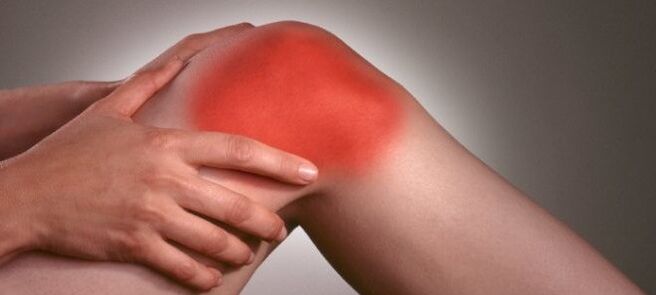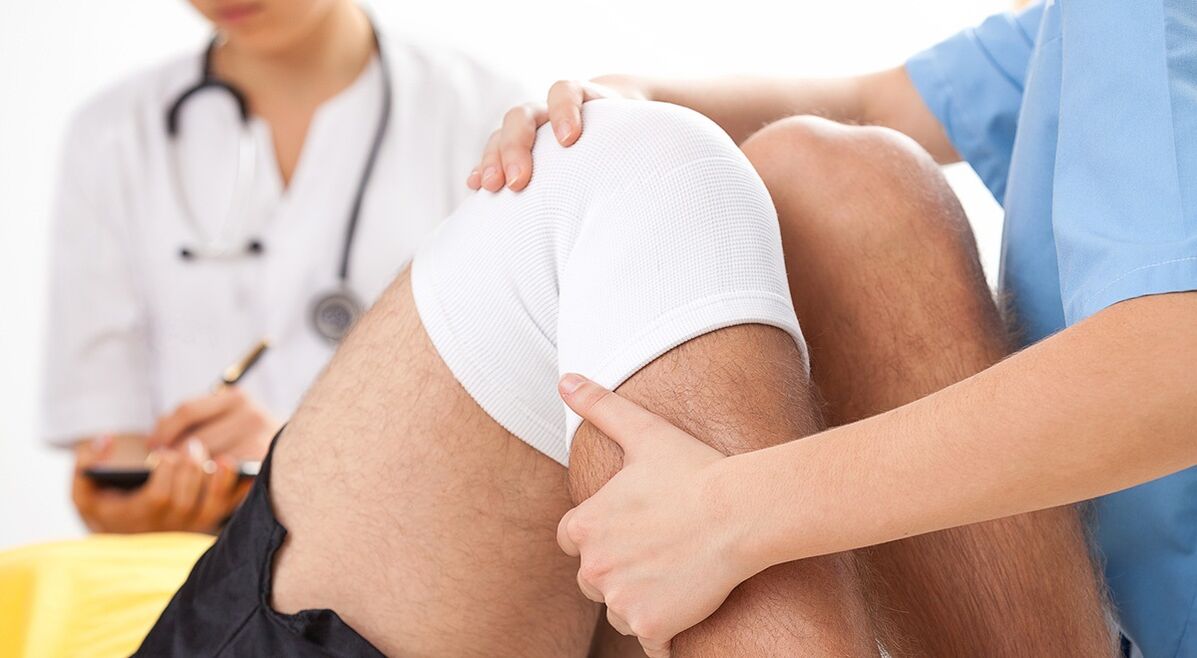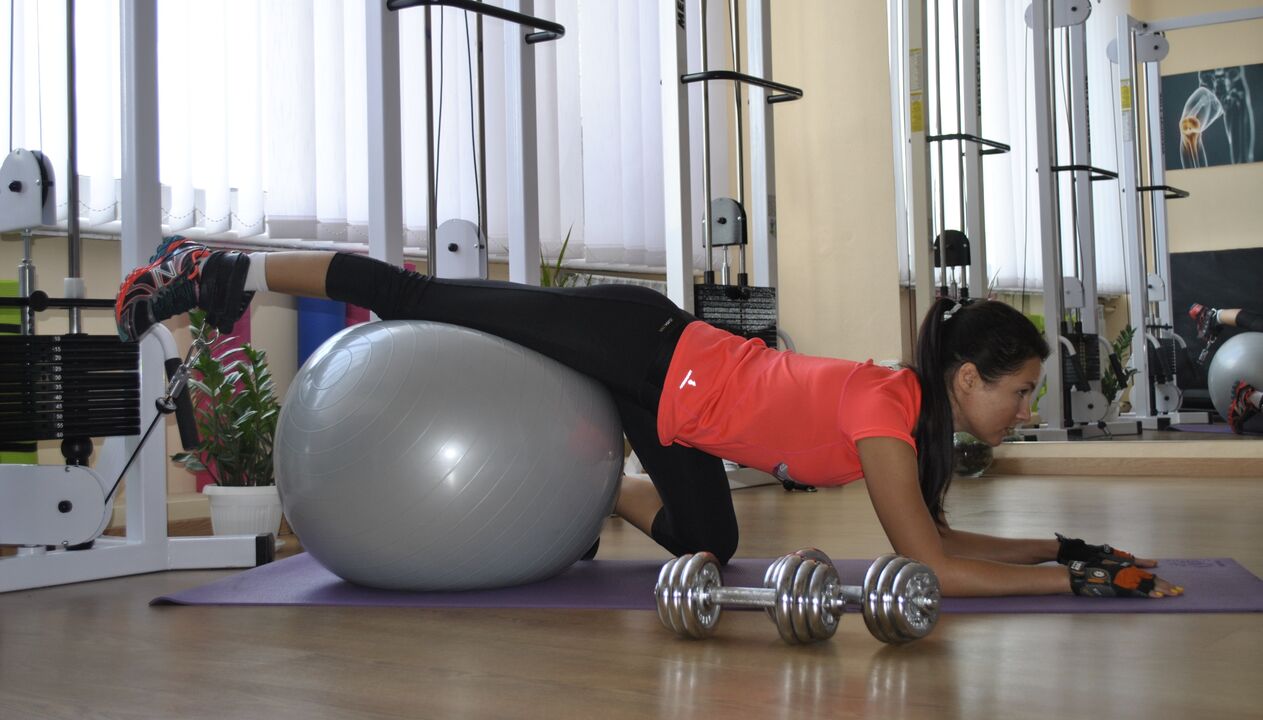
Some diseases develop over time. It is impossible to completely cure, nor to return to the starting point, but timely diagnosis and prevention is entirely possible. In the past, older people could have symptoms of knee joint disease, but now the disease is "younger and younger" and is often a cause of disability. So, what are the signs that need to be noticed in time to start treatment?
the nature of what is happening
Before initiating treatment or identifying specific signs of the disease, it is necessary to understand what is happening in the joints.
The articular surfaces of human bones are covered with cartilage. In some joints, such as in the knee joint, there are menisci - layers of cartilage that act as shock absorbers. The joint fluid produced by the capsule acts as a lubricant.
Polyarthropathy is a disease when all or most of the joints in the body are affected. The disease develops due to the destruction of articular cartilage and the exposure of bone.
When the knee joint is affected, the production of synovial fluid also changes. Part or all of the cartilage is lost, and over time, the joint wears out. When this condition is observed in most joints, a diagnosis is made: polyarthropathy.
The body tries to cope with the violation and limit the pain. As the disease progresses, joints deform and bones begin to grow due to spikes (osteophytes). They can often be felt when probed in advanced cases of polyarthropathy development. The surfaces of the bones are uneven and they cannot hold together. The result is limited liquidity.
It is clear from the above symptoms that these are not salt and everyone is used to thinking about knee pain.
When to sound the alarm
The first sign of knee or polyarthropathy is pain, which may come after prolonged physical exertion, or it may just be bothering you all the time. It varies in nature, usually worsening at night or at night, interfering with sleep and disrupting normal life. Already at this stage, it is worth seeing a doctor because the simplest diagnosis - an X-ray, can reveal irregularities and, in some cases, polyarthropathy. The picture will show narrowing of the joint space, which indicates thinning of the cartilage.
symptom
There are three degrees of arthropathy, each with its own specific signs. With their help, you can also suspect polyarthropathy, which requires special treatment.
In the first stage, the pain is not intense, and in many people it passes quickly. In addition to this, there is discomfort and mild, periodic swelling. This will require mild treatment, which is discussed below. In addition, laser therapy and other physical therapy are required.
At level two, symptoms become more complex, with all of the above increased austerity, and reduced mobility. There may be slight bleeding.
In this case, laser treatment and a doctor's advice on taking medication may be helpful. If you don't, the pain will become permanently noticeable and it's time to think about the third degree.
In the third stage, the integrity of the cartilage is completely destroyed. The pain is persistent and cannot talk about normal gait. Stair climbing becomes a real problem, and the joints are swollen. When moving, significant tightening occurs, joint deformation, and pain on palpation.
Polyarthropathy also manifests as reddened skin that is hot to the touch. Bleeding can occur on the skin due to a ruptured network of blood vessels or veins. If this cosmetic defect is disturbed, it can really be eliminated with a laser.
In the final stage, the person becomes unstable due to weakness of the muscles and ligaments. Walking, even short distances, is possible only with the support of a stick. It all ended with a deformed knee that even a laser couldn't correct. Change can no longer be reversed, and a person becomes disabled. In this case, the joints unfold toward each other or in opposite directions.
A medical diagnosis can reveal minor changes in shape, and for major changes, additional diagnosis will be required. Often, doctors will order X-rays that show changes in the joints. Use CT, MRI, and knee ultrasound for more nuanced diagnosis.
treat
Many people are excited about a treatment for this disease that only a doctor can figure out. The arsenal of drugs is so vast that it is impossible to use them uncontrollably.
Stomach ulcers can also be added to arthropathy with inappropriate use of the drug. But it's nearly impossible to restore damaged cartilage.
First, doctors prescribe NSAIDs, which work with inflammation to relieve pain. But the treatment didn't end there. Exercise, physiotherapy are widely used. Only a doctor can choose a specific therapeutic exercise before the maximum therapeutic effect can be achieved. about everything in more detail.

drug use
The mainstay of treatment is non-steroidal anti-inflammatory drugs. In addition, use agents that improve cartilage nutrition and promote its gradual regeneration. The most tested in this regard are glucosamine and chondroitin-based drugs. Special creams and ointments with topical effect allow you to restore the treatment.
It's worth noting that these drugs can reduce pain and reduce inflammation, but they can be very dangerous with regular use. Long-term treatment can negatively affect the condition of the gastric mucosa, liver and heart. More recently, they have started producing drugs with minimal negative effects that, according to some manufacturers, can last for several months.
Gymnastics and Physical Therapy
Complementary therapy can improve blood flow, thereby improving joint nutrition. Special exercises can strengthen ligaments and muscles. This is just the effect of early gymnastics, when the joints didn't change much. Exercise is strictly selected individually, depending on the severity of the disease process and the physical abilities of the patient.

Also, sports are supplemented with physical therapy, and there are many. Use magnetic therapy, laser therapy, biodynamics, ultra-high frequency, neocaine electrophoresis, ultrasound, etc.
intra-articular injection
In the final stage, when physical therapy or lasers don't help, they inject into the joint cavity to relieve pain. Introduced formulations based on hyaluronic acid that increase the repair properties of cartilage. Hormonal medication is often used, but it is not safe because over time the duration of the treatment effect shortens and the cartilage becomes unusable.
endoprosthesis
Joint replacement is a last resort when your own joint cannot be salvaged and can no longer function. This procedure, called arthroplasty, can restore lost function almost completely and eliminate pain. In fact, the entire joint can be replaced (total joint replacement) or its most altered part. At this stage, the level of surgical technique, the manufactured implants are so well established that it is possible to achieve successful results and to popularize this treatment everywhere.
Diagnosing polyarthropathy of the knee is not difficult, especially if you pay attention to the characteristic symptoms. A visit to a doctor will allow you to disprove or confirm the diagnosis. There are many treatment options, as well as a choice of medications, that can give you quick pain relief. But it's not worth putting your knee in for a joint replacement, because your natural joint is so much better than an artificial one, no matter how high-quality it is.



















